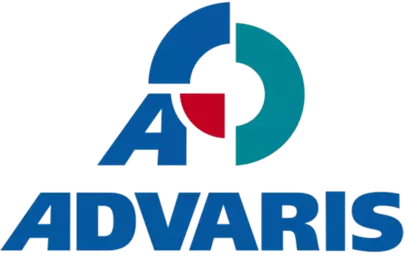Automate Data Transfer Gmail to Advaris



Streamline Data Transfer: Automate Gmail to Advaris Integration Effortlessly
Challenges faced when manually transferring data from Gmail to Advaris:
1. Time-consuming: Manually transferring data between Gmail and Advaris can be a time-consuming task, especially when dealing with large volumes of data. This can result in reduced productivity and delays in completing other important tasks.
2. Human errors: Manually transferring data is prone to human errors such as typos, incorrect formatting, or missing information. These errors can lead to data inconsistencies, inaccurate reporting, and potential business risks.
3. Lack of scalability: As the volume of data increases, manually transferring data becomes more challenging and inefficient. It may not be feasible to manually handle large datasets, leading to bottlenecks and limitations in data processing capabilities.
By automating the data transfer process between Gmail and Advaris, these challenges can be overcome, saving time, reducing errors, and enabling scalability for efficient data management.
1. Time-consuming: Manually transferring data between Gmail and Advaris can be a time-consuming task, especially when dealing with large volumes of data. This can result in reduced productivity and delays in completing other important tasks.
2. Human errors: Manually transferring data is prone to human errors such as typos, incorrect formatting, or missing information. These errors can lead to data inconsistencies, inaccurate reporting, and potential business risks.
3. Lack of scalability: As the volume of data increases, manually transferring data becomes more challenging and inefficient. It may not be feasible to manually handle large datasets, leading to bottlenecks and limitations in data processing capabilities.
By automating the data transfer process between Gmail and Advaris, these challenges can be overcome, saving time, reducing errors, and enabling scalability for efficient data management.
Unleash the power of automation and transform your workplace. Discover the game-changing potential of RPA in our latest blog. Click now!
See Automaited In ActionStreamline Data Transfer: Automate Gmail to Advaris Integration Effortlessly
Step 1: Split the process into sub-steps:
- Extract data from Gmail
- Transform data into desired format
- Load data into Advaris
Step 2: Explain the task to our AI assistant:
- Transfer Gmail data to Advaris seamlessly
- Save time and eliminate manual errors
Step 3: Execute automation with a click:
- Automate data transfer effortlessly
- Increase productivity instantly
- Extract data from Gmail
- Transform data into desired format
- Load data into Advaris
Step 2: Explain the task to our AI assistant:
- Transfer Gmail data to Advaris seamlessly
- Save time and eliminate manual errors
Step 3: Execute automation with a click:
- Automate data transfer effortlessly
- Increase productivity instantly